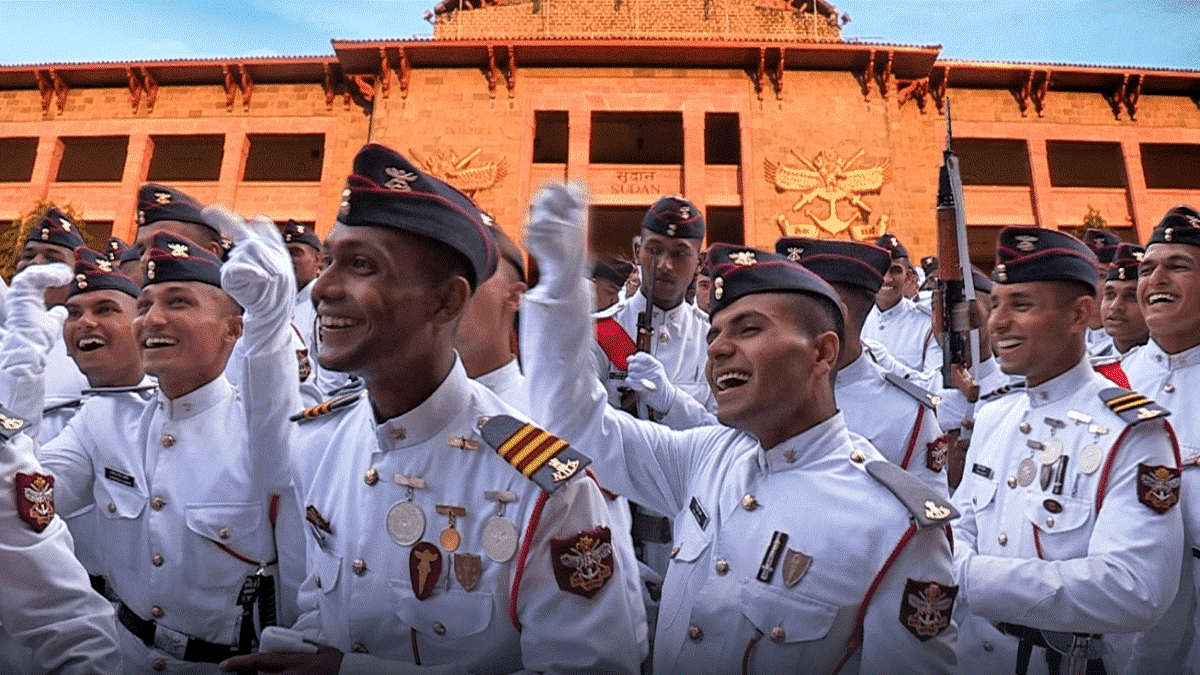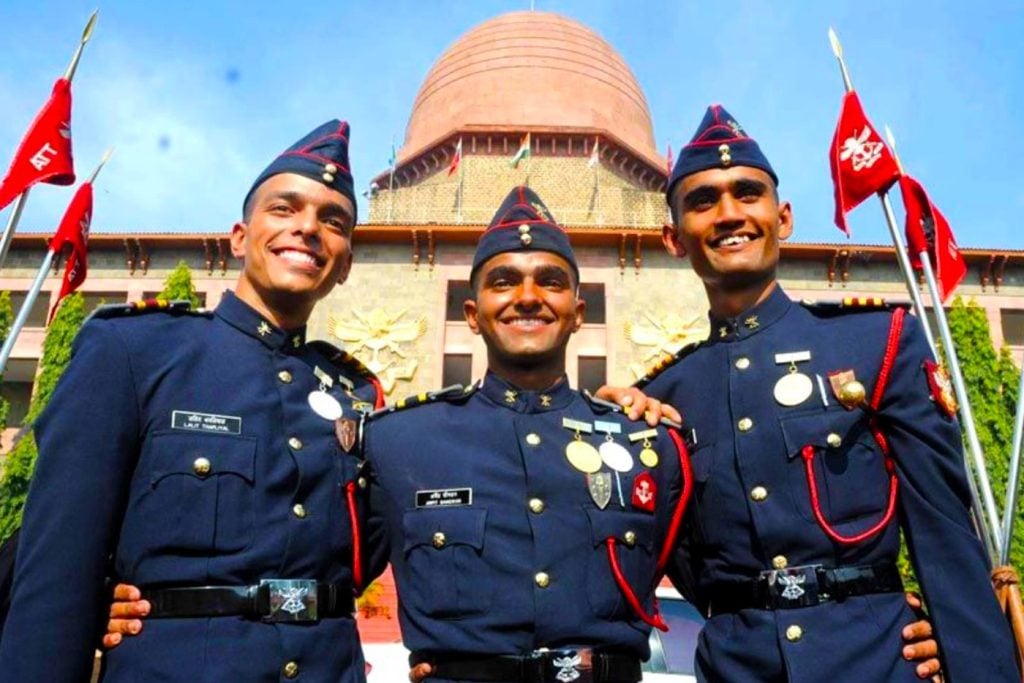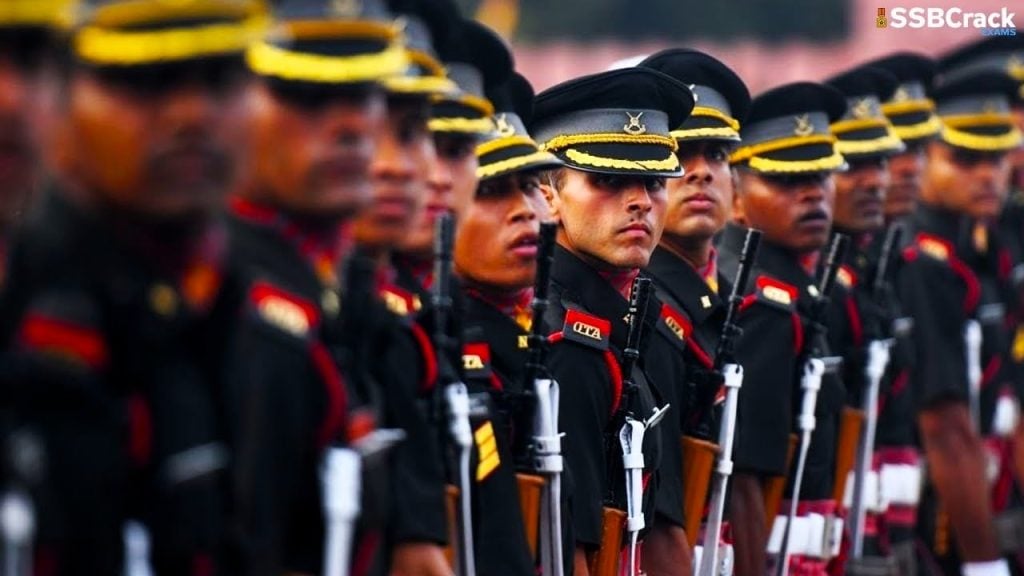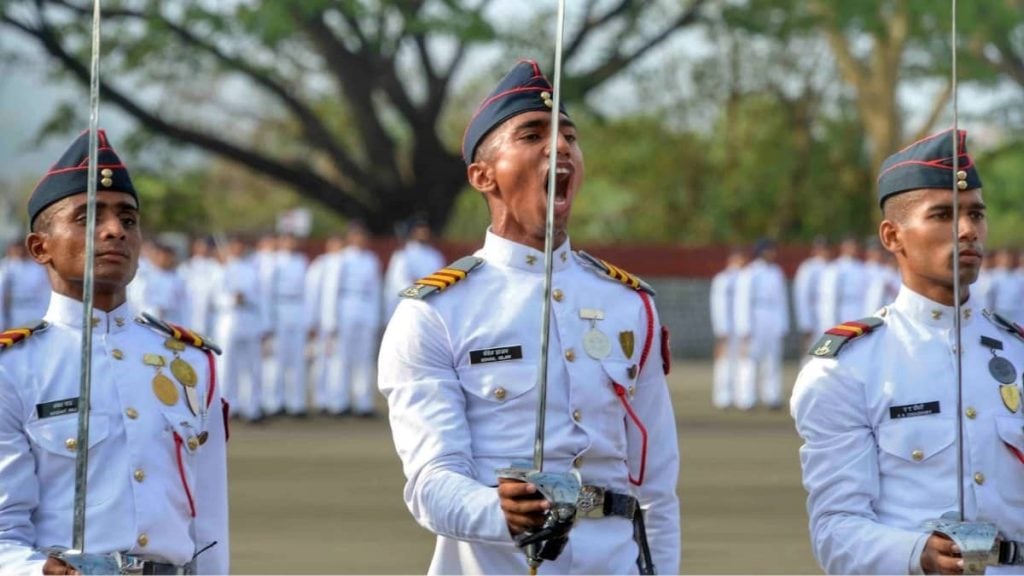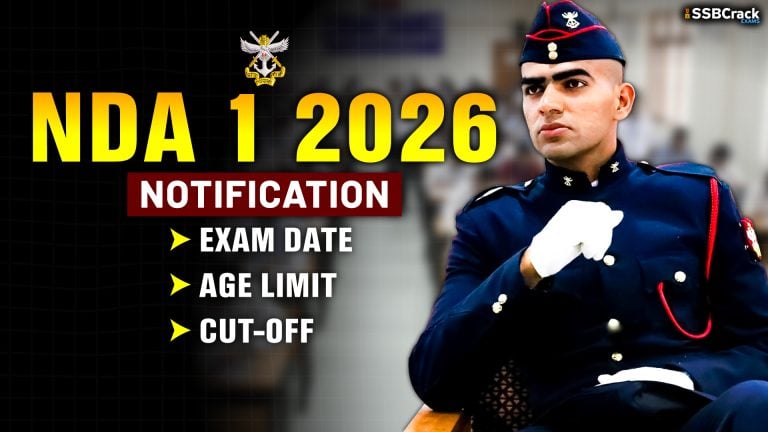Joining the Indian Armed Forces is a noble and ambitious pursuit for many young individuals. Among the various pathways available, the National Defence Academy (NDA) and the Combined Defence Services (CDS) exams stand out as two of the most prestigious routes for aspiring officers. Each of these entry points has its unique eligibility criteria, examination formats, and training processes.
Therefore, it is crucial for candidates to understand the differences between NDA and CDS to make an informed decision about their future in military service.
The NDA and CDS serve as critical gateways for individuals aspiring to serve in the Indian Armed Forces. While both exams are conducted by the Union Public Service Commission (UPSC), they cater to different educational backgrounds and age groups.
- NDA: The NDA is primarily aimed at students who have completed their higher secondary education. It allows candidates to join the armed forces right after school, offering them a chance to undergo military training alongside their academic education.
- CDS: On the other hand, the CDS is designed for graduates. This exam enables candidates to join the armed forces after completing their college education, making it a suitable option for those who have pursued higher studies.
Understanding these distinctions is vital for candidates as they navigate their career options in the defense sector.
Also Read | CDS Syllabus 2025, Exam Pattern For IMA, INA, AFA and OTA
Eligibility Criteria
Educational Qualifications
The educational requirements for NDA and CDS differ significantly, reflecting the target audience for each exam.
- NDA: Candidates can apply for the NDA exam after completing their 10th grade. This means that students can pursue a career in the armed forces right after finishing school, making it an attractive option for many young aspirants.
- CDS: In contrast, the CDS exam requires candidates to possess a graduate degree or be in their final year of college. This makes the CDS a suitable choice for individuals who have already completed their higher education.
Age Limit
The age limits for both exams are also distinct, catering to different life stages of the candidates.
- NDA: The age range for NDA candidates is between 16 and 19 years. This relatively young age requirement allows fresh school graduates to enter the armed forces early in their careers.
- CDS: For the CDS exam, the age limit is set between 19 and 25 years. This means that candidates applying through CDS are typically older and may have additional life experiences and maturity.
Gender Eligibility
The eligibility criteria concerning gender have evolved over the years.
- NDA: Historically, the NDA was not open to female candidates. However, recent policy changes have allowed women to apply for the NDA, thus broadening the scope for aspiring female officers.
- CDS: The CDS has always been open to both male and female candidates, providing equal opportunities for all genders to join the armed forces.
Exam Structure and Format
NDA Exam Structure
The NDA exam is structured to align with the higher secondary education curriculum. It consists of two main components:
- General Ability Test (GAT): This paper assesses candidates’ proficiency in English, General Knowledge, and Mathematics.
- Mathematics: This section evaluates candidates’ mathematical skills at the 10+2 level.
Each paper has a duration of 2.5 hours, and the written examination is scored out of a total of 900 marks. Following the written test, candidates must undergo the Services Selection Board (SSB) interview, which also carries a weight of 900 marks.
CDS Exam Structure
The CDS exam is tailored for graduates and comprises three main papers for candidates aspiring to join the Indian Military Academy (IMA), Indian Air Force (IAF), and Indian Naval Academy (INA):
- Mathematics: A two-hour paper focusing on basic mathematical concepts.
- English: This paper assesses candidates’ command of the English language.
- General Knowledge: This section evaluates candidates’ awareness of current affairs and general knowledge.
Candidates applying for the Officers Training Academy (OTA) are exempt from the Mathematics paper. Each paper in the CDS exam is allotted a duration of two hours, with a total composite score of 300 marks for the IMA, IAF, and INA, and 200 marks for the OTA. Similar to NDA, the SSB interview is an essential component of the selection process.
Difficulty Level
When it comes to difficulty, many candidates perceive the NDA exam as more challenging than the CDS exam. This perception is primarily due to the level of mathematics involved. The NDA exam features mathematics at the 10+2 level, while the mathematics section in the CDS exam is generally considered to be at an elementary level. Additionally, NDA candidates tend to be younger, which can contribute to the perception of increased difficulty.
Also Read | NDA Syllabus 2025, NDA Math and NDA GAT Subject Wise Syllabus
Training Post-Selection
NDA Training Program
Upon selection through the NDA, candidates undergo a rigorous training program that spans several years. The training process is divided as follows:
- Duration: Candidates spend three years at the National Defence Academy located in Khadakwasla. This comprehensive program includes military training, academic education, and physical conditioning.
- Specialized Training: After completing their NDA training, cadets are sent to various specialized academies based on their chosen branch of service:
- Army: Indian Military Academy (IMA), Dehradun
- Navy: Indian Naval Academy (INA), Ezhimala
- Air Force: Air Force Academy (AFA), Hyderabad
CDS Training Program
For candidates selected through the CDS exam, the training process is slightly different:
- Duration: The training period for Army cadets is typically 18 months at the IMA. For Navy and Air Force cadets, the training lasts between 37 to 40 months and 74 months, respectively.
- Direct Training: Unlike NDA candidates, those selected through CDS are directly trained at the respective defense academies they applied for, making the transition from selection to training more streamlined.
Degrees Awarded After Training
Upon successful completion of their training, candidates from both NDA and CDS receive different degrees based on their branch of service.
NDA Cadets
- Army Cadets: Awarded degrees such as BSc, BTech, BA, and BSc in Computer Science.
- Navy and Air Force Cadets: Both receive a BTech degree.
CDS Cadets
- Army Cadets: Graduates earn a Postgraduate Diploma in Military and Defence Management.
- OTA Cadets: Those who opt for the Officers Training Academy receive a PG Diploma in Defence Management and Strategic Studies.
Career Prospects and Job Profiles
Initial Rank and Commission
After completing their respective training programs, cadets from both NDA and CDS are commissioned as Lieutenants in the Indian Armed Forces.
- NDA Cadets: Generally receive a Permanent Service Commission (PSC), allowing them to serve for an extended duration.
- CDS Cadets: Depending on the position, they may receive either a Short Service Commission (SSC) or a Permanent Service Commission.
Advancement Opportunities
While both pathways offer similar career trajectories, NDA cadets often have an advantage in terms of reaching higher ranks more quickly. This is primarily due to their earlier entry into the armed forces, which allows for more time to gain experience and promotions.
Salary and Allowances
The remuneration structures for officers commissioned through NDA and CDS are relatively similar, with slight variations based on rank and service type.
| Rank | NDA Officer Pay (in Rupees) | CDS Officer Pay (in Rupees) |
|---|---|---|
| Lieutenant | 15,600—39,100 | 56,100 – 1,77,500 |
| Captain | 15,600—39,100 | 6,13,00-1,93,900 |
| Major | 15,600—39,100 | 6,94,00 – 2,07,200 |
| Lieutenant Colonel | 37,400—67,000 | 1,21,200 – 2,12400 |
| Colonel | 37,400—67,000 | 1,30,600-2, 15,900 |
| Brigadier | 37,400—67,000 | 1,39,600-2,17,600 |
| Major General | 37,400—67,000 | 1,44,200-2,18,200 |
| Lieutenant General HAG Scale | 67,000–79,000 | 1,82,200-2,24,100 |
| VCOAS/Army Cdr/Lieutenant General (NFSG) | 80,000 | 2,25,000 (fixed) |
| COAS | 90,000 (fixed) | 2,25,000 (fixed) |
In addition to their base salary, officers are entitled to various allowances, including housing, transport, and other benefits, ensuring that their financial needs are well taken care of.
Also Read | CDS Selection Process 2025, Written Test, SSB Interview For CDS 1,CDS 2
Conclusion
In summary, choosing between the NDA and CDS pathways to join the Indian Armed Forces involves careful consideration of various factors, including eligibility criteria, exam structure, training duration, and career prospects. Each route offers unique advantages and challenges, catering to different aspirants based on their educational backgrounds and personal preferences.
For those eager to serve the nation and lead a life of purpose and honor, both the NDA and CDS provide exceptional opportunities to fulfill those ambitions. Understanding the differences between these two entry points will empower candidates to make informed decisions about their future in the armed forces.
FAQs
1. Can women apply for NDA?
Yes, recent policy changes have allowed women to apply for the NDA, opening up opportunities for female candidates.
2. What is the age limit for NDA and CDS?
The age limit for NDA candidates is between 16 and 19 years, while for CDS candidates, it is between 19 and 25 years.
3. How long is the training period for NDA and CDS?
NDA training lasts for three years, followed by additional training at specialized academies. CDS training varies from 18 months to several years, depending on the branch of service.
4. What degrees do cadets receive after training?
NDA cadets receive various undergraduate degrees, while CDS cadets earn postgraduate diplomas based on their chosen paths.
5. What rank do candidates receive after completing their training?
Both NDA and CDS candidates are commissioned as Lieutenants upon successful completion of their training.
